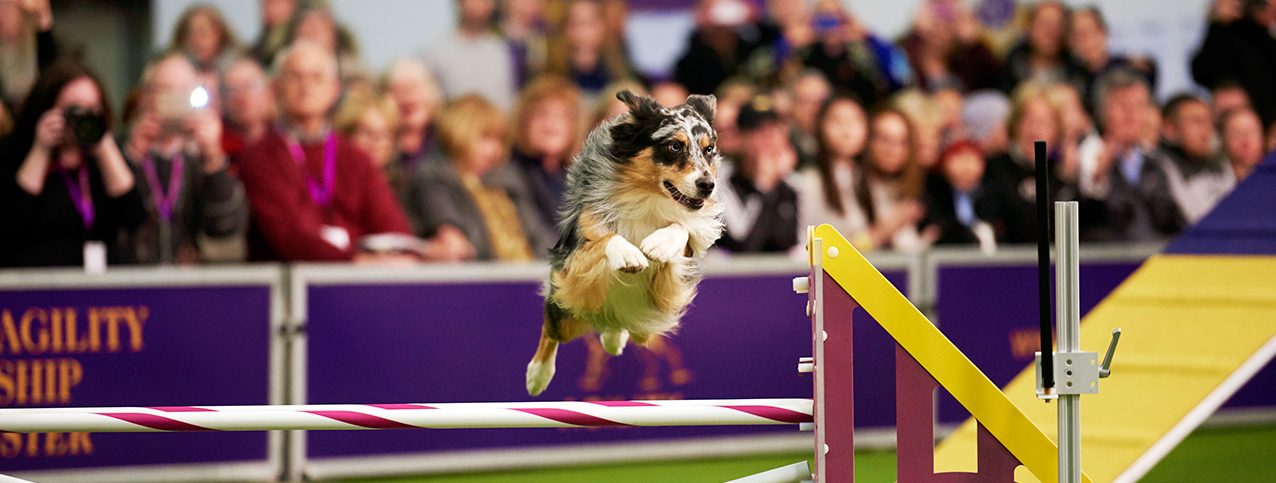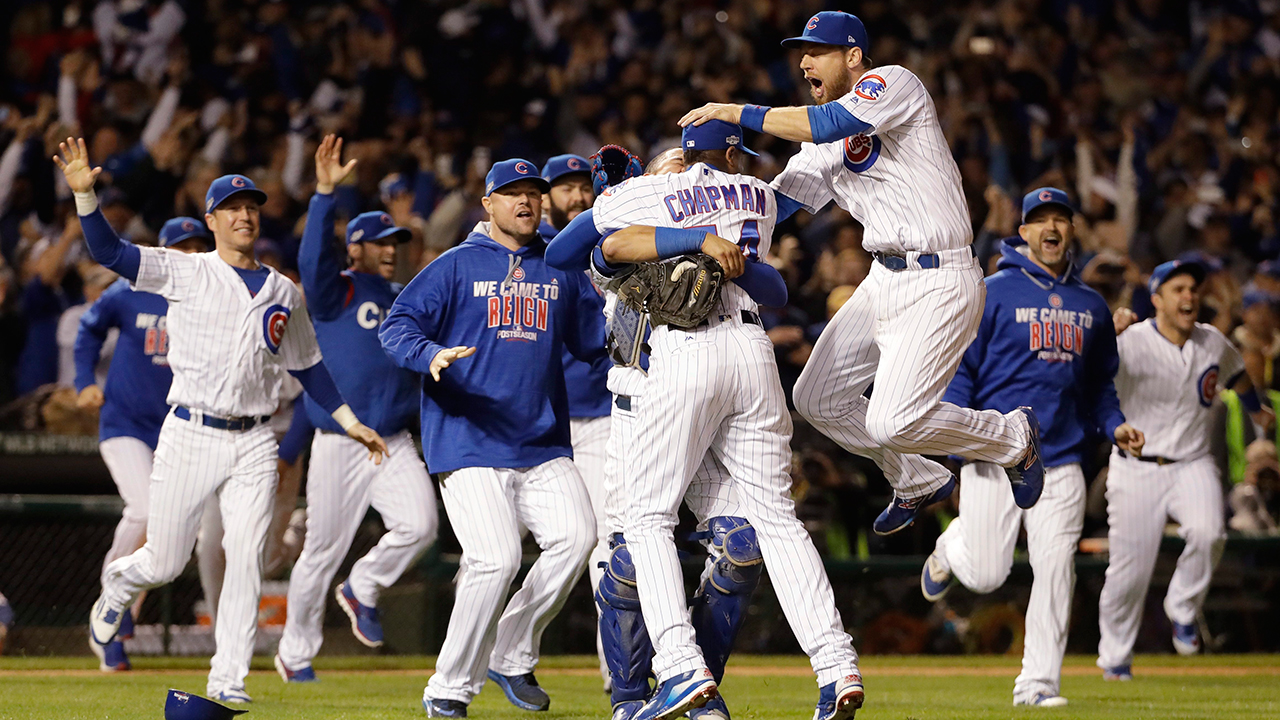New York City doesn’t agree with Cerilli—she finds it overwhelming—and whether Holster picked up on her discomfort or harboured negative opinions of his own about the Big Apple, it didn’t agree with him either. He hated the hotel elevators, particularly their whooshing descents, and had trouble getting comfortable when he most needed to: “We had to go all the way to Central Park for Holster to go to the bathroom.” Cerilli says.
The show was no cakewalk either—with two qualifying runs and the final crammed into a single day, and the added demands of appearing on live television—but Holster regained his confidence, and even got a little full of himself after the win. “I heard a lot of, ‘No way. I’m not doing what you say,’” Cerilli says of the weeks after they got back home.
That kind of self-assurance is one of the qualities that made Cerilli fall in love with Aussies—she finds them less robotic and much more rambunctious and independent than other top agility breeds—but it has obvious drawbacks in competition. Courses are kept secret until the day of a show. Handlers are given eight minutes to walk the ring and develop a plan of attack before qualifying begins, but the dogs don’t see a single obstacle until their first run. Communication and trust, then, are crucial. “They have no idea, until they step into the ring, what they’re doing. And so they’re cuing off our body language,” Cerilli says. “If you move your eyeballs, they’ll go where you look. It’s really cool.”
As if to back up her point she offers an opportunity: “Do you want to run him?”
Cerilli sets us up on the novice course, first leading a walking tour of its 15 obstacles. Numbered placards mark the route, but Cerilli warns not to lean too heavily on them. Looking for the numbers mid-run can lead to moments of confusion for a handler, and if you can’t project decisiveness, your dog will be decisive for you. “We train them to be confident,” she says. “If in doubt, they’re just going to pick [where to head next].”








